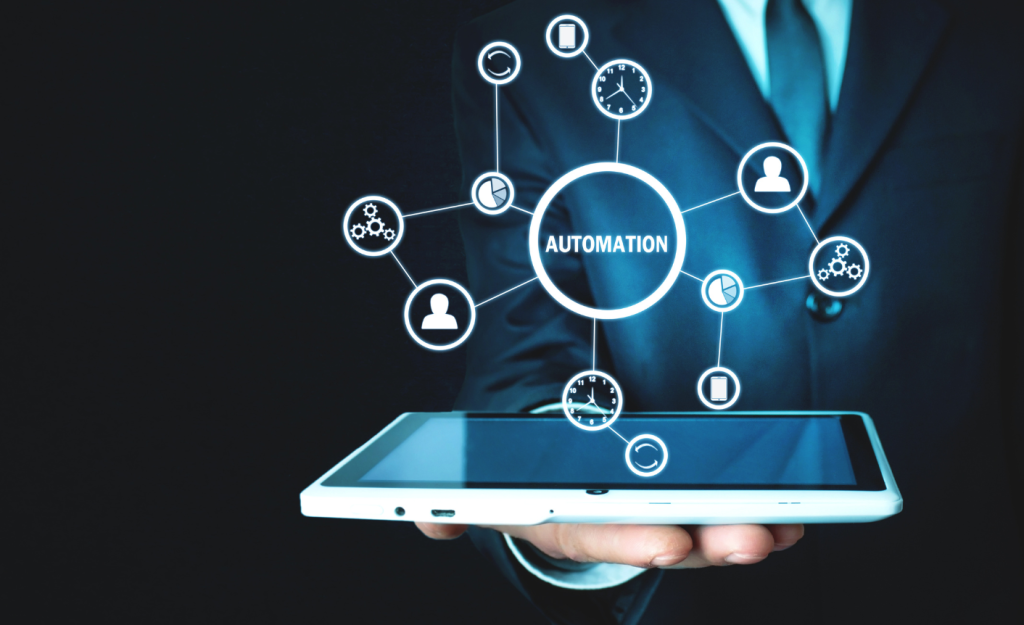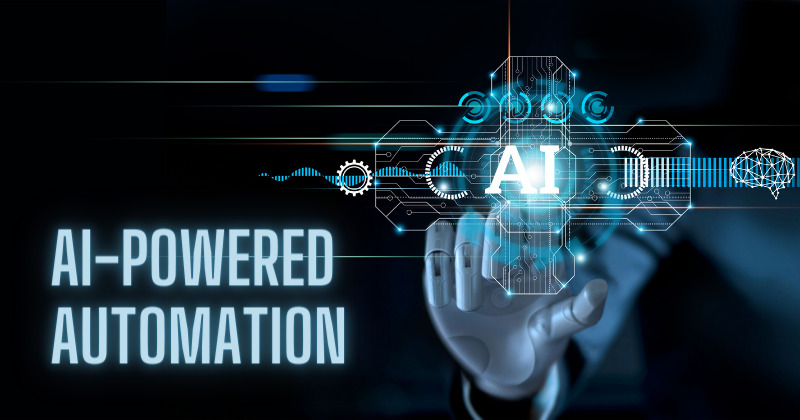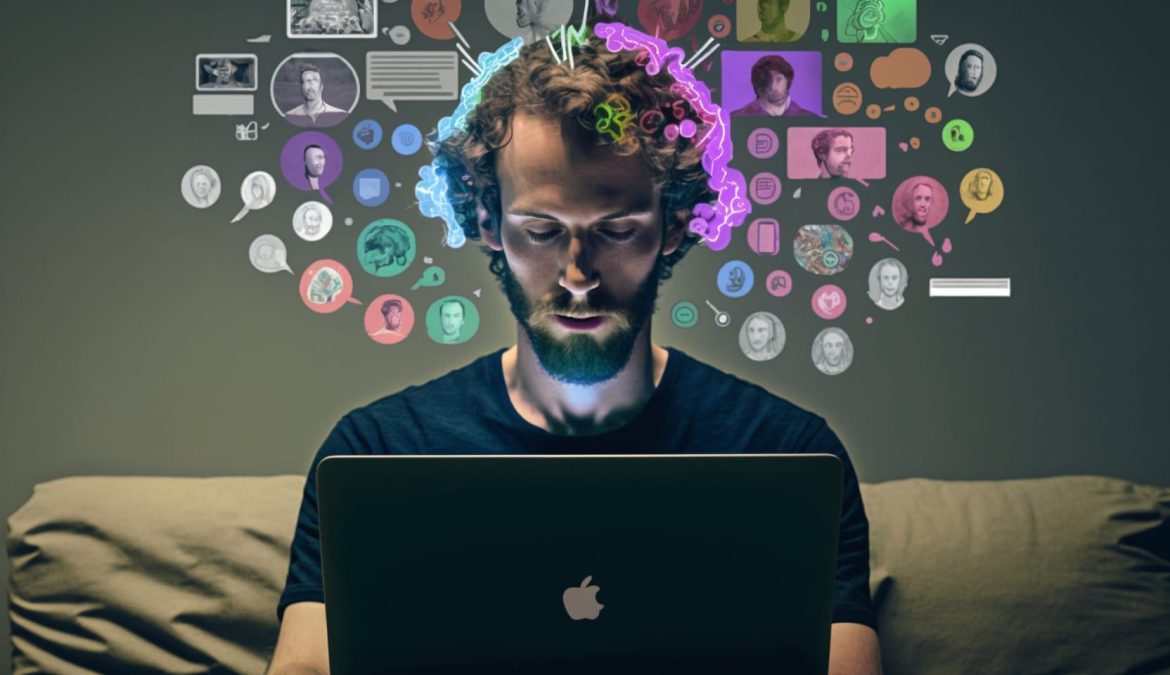Automated content creation is rapidly transforming the landscape of digital communication, offering unprecedented efficiencies and capabilities in generating written, visual, and multimedia content. Leveraging advancements in artificial intelligence (AI), machine learning, and natural language processing, automated content creation tools are reshaping how businesses and individuals produce and manage content. This article delves into the mechanisms behind automated content creation, its benefits, challenges, and future outlook.

Understanding Automated Content Creation
Automated content creation involves using technology to generate content with minimal human intervention. This process relies on AI-driven algorithms and tools that can produce various types of content, including articles, blog posts, social media updates, graphics, and videos. The primary technologies facilitating automated content creation include:
- Natural Language Processing (NLP):
- Definition: NLP enables machines to understand, interpret, and generate human language. It plays a crucial role in creating coherent and contextually relevant text.
- Applications: NLP is used in writing assistance tools, chatbots, and content generation platforms to create articles, summaries, and reports.
- Machine Learning (ML):
- Definition: ML algorithms analyze large datasets to recognize patterns and make predictions. In content creation, ML models can generate text, suggest content improvements, and automate content curation.
- Applications: ML is used in tools for personalized content recommendations, automated news generation, and predictive analytics.
- Generative Adversarial Networks (GANs):
- Definition: GANs are a type of neural network architecture used to create new content by training two networks—a generator and a discriminator—to compete against each other.
- Applications: GANs are employed in generating realistic images, videos, and audio content, as well as enhancing existing media.
- Content Generation Platforms:
- Definition: These platforms use AI to create and optimize various types of content, such as blog posts, social media updates, and marketing copy.
- Examples: Tools like Jasper, Copy.ai, and Writesonic are popular for automating text-based content creation.
Benefits of Automated Content Creation
- Efficiency and Speed:
- Rapid Production: Automated tools can generate content at a much faster rate than human writers. This efficiency is particularly beneficial for producing large volumes of content, such as product descriptions, news articles, and social media posts.
- Reduced Time Investment: Automation reduces the time required for content creation, allowing teams to focus on strategy, creativity, and other high-value tasks.
- Cost Savings:
- Lower Costs: Automated content creation tools can significantly reduce the costs associated with hiring content creators, editors, and designers. This makes it a cost-effective solution for businesses with limited budgets.
- Scalability: Automated solutions can easily scale to meet growing content demands without proportional increases in costs.
- Consistency and Accuracy:
- Uniform Quality: Automation ensures consistent tone, style, and formatting across all content, reducing the risk of errors and discrepancies.
- Data-Driven Insights: AI tools can analyze data to produce content that aligns with audience preferences and trends, enhancing relevance and accuracy.
- Personalization:
- Tailored Content: Automated systems can create personalized content based on user data and preferences. This includes personalized email campaigns, product recommendations, and targeted advertising.
- Dynamic Adjustments: AI tools can adapt content in real-time based on user interactions, ensuring that it remains engaging and relevant.
- Enhanced Creativity:
- Inspiration and Ideation: Automated tools can assist content creators by suggesting ideas, generating creative prompts, and providing inspiration for new topics and formats.
- Content Variation: Automation allows for the creation of diverse content formats, such as infographics, videos, and interactive elements, enhancing overall content strategy.

Challenges and Considerations
- Quality and Authenticity:
- Content Quality: While automation can produce content quickly, it may lack the depth, nuance, and originality of human-created content. Ensuring high-quality output requires careful tuning of algorithms and human oversight.
- Authenticity: Automated content may struggle to capture the authentic voice and unique perspective that human writers bring. Balancing automation with human touch is essential for maintaining authenticity.
- Ethical and Legal Issues:
- Plagiarism and Attribution: Automated content generation raises concerns about plagiarism and proper attribution. Ensuring that generated content is original and properly credited is crucial.
- Transparency: Users should be aware when interacting with content created by AI. Transparent practices and clear labeling help maintain trust and ethical standards.
- Data Privacy:
- User Data: Automated content creation often relies on user data to personalize content. Safeguarding this data and complying with privacy regulations is essential to protect user information.
- Security Risks: AI systems can be vulnerable to hacking and misuse. Implementing robust security measures is necessary to protect against potential threats.
- Over-Reliance on Automation:
- Loss of Human Touch: Excessive reliance on automated content may lead to a loss of human creativity and emotional connection. Balancing automation with human input ensures a richer and more engaging content experience.
- Innovation Stagnation: Over-reliance on automated systems may stifle innovation and creativity. Encouraging human involvement in content strategy and ideation helps drive originality and progress.
Future Trends in Automated Content Creation
- Enhanced AI Capabilities:
- Advanced NLP: Future advancements in NLP will enable more sophisticated content generation, including better understanding of context, sentiment, and nuance.
- Creative AI: Emerging AI technologies will enhance the ability to generate creative and original content, blurring the lines between human and machine creativity.
- Integration with Augmented Reality (AR) and Virtual Reality (VR):
- Immersive Content: Automated content creation will increasingly integrate with AR and VR technologies, enabling the production of immersive and interactive experiences for users.
- Enhanced Engagement: AR and VR content will offer new ways to engage audiences, combining automated content with interactive and visual elements.
- Personalized Content Experiences:
- Dynamic Customization: AI will enable more dynamic and personalized content experiences, adapting in real-time based on user interactions and preferences.
- Behavioral Insights: Advanced analytics will provide deeper insights into user behavior, allowing for more precise and effective content personalization.
- Ethical AI Practices:
- Transparency and Accountability: The development of ethical guidelines and standards for AI-generated content will ensure transparency, fairness, and accountability in content creation practices.
- Human-AI Collaboration: Emphasizing collaboration between human creators and AI will foster innovation and maintain the quality and authenticity of content.

Conclusion
Automated content creation is revolutionizing the way we produce and interact with digital content. By leveraging AI technologies, businesses and individuals can achieve greater efficiency, cost savings, and personalization while enhancing creativity and engagement. However, challenges related to quality, authenticity, ethics, and privacy must be addressed to fully realize the potential of automated content creation. As technology continues to evolve, the future of content creation will be marked by even more sophisticated AI capabilities, seamless integration with immersive technologies, and a balanced approach to human-AI collaboration.


